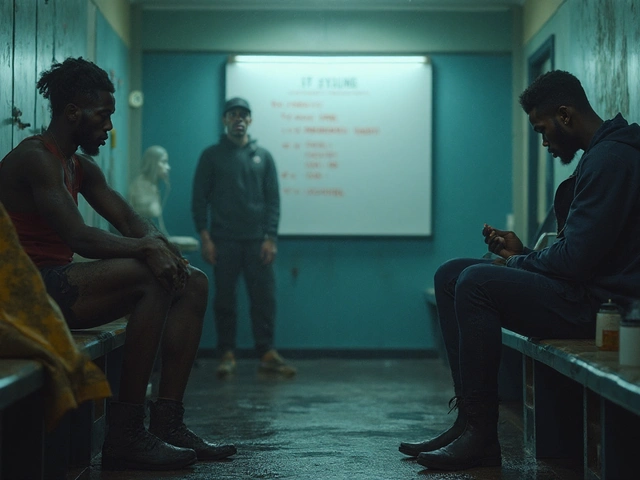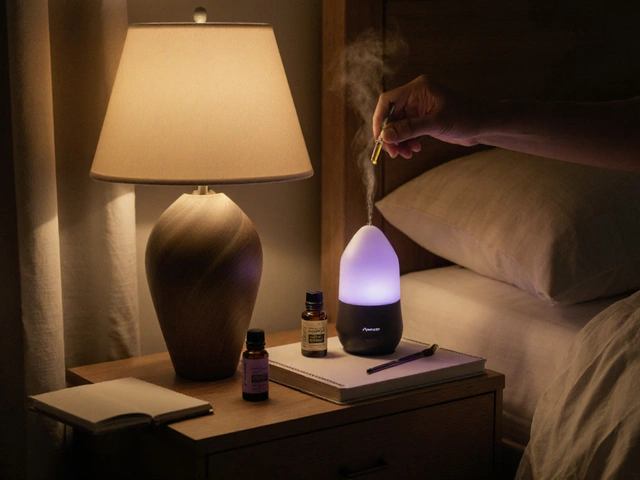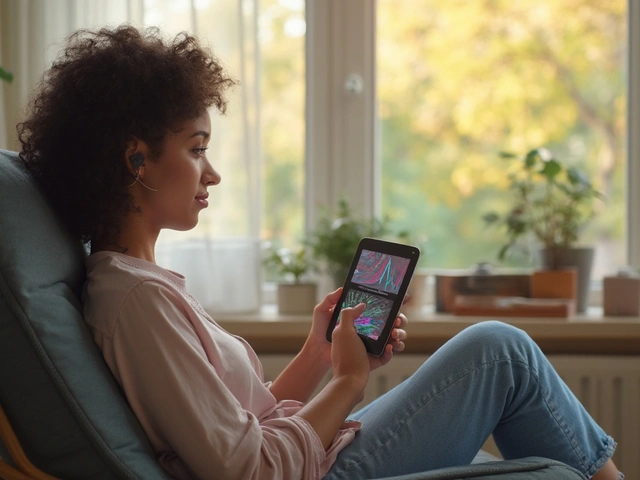Creative Arts Therapies: Simple Tools for Real Mental Health Wins
What if doodling for five minutes or listening to a short playlist could actually calm your mind? Creative arts therapies use art, music, movement, drama, and writing to help people feel better, think clearer, and handle stress. This isn’t about talent—it's about using creative action to change how your brain and body react to tough moments.
How creative arts therapy helps
These therapies give your brain another way to process feelings when words fall short. Art therapy helps track emotions over time—drawing one hour each week can show patterns you might miss in conversation. Music therapy can lower agitation and lift mood; clinical work with people living with dementia and anxiety often points to real, measurable improvements. Movement and dance-based work release tension, improve body awareness, and reduce panic symptoms almost immediately for many people. Drama and role-play build confidence and social skills by letting you try new reactions in a safe space.
Beyond symptom relief, creative methods can help with focus, memory, and sleep. They activate different parts of the brain—visual, auditory, and motor areas—so healing can feel more balanced. For caregivers and pet owners, simple creative routines also improve patience and reduce burnout, which benefits the whole household.
How to try creative arts therapy right now
No training required. Try these short, practical exercises you can do at home:
- Five-minute doodle: Set a timer and draw without thinking about how it looks. Notice colors, lines, and any feelings that pop up.
- Three-song playlist reset: Pick three songs that shift your mood—one to name how you feel, one to move through it, and one to land you calmer. Play them in that order.
- Movement burst: Put on two upbeat songs and move however feels good for the full length—no choreography needed. Aim for three times a week.
- Expressive writing: Write for 10 minutes about a single feeling without editing. Toss it or keep it—this isn’t homework.
If you want professional support, look for credentialed creative arts therapists or licensed mental health clinicians trained in these methods. Ask about their experience with your specific concern (anxiety, grief, ADHD, dementia, etc.), session length, and whether they blend art or music with talk therapy.
Worried about mess, cost, or skill? Start cheap and simple: pencil and scrap paper, a free streaming playlist, or a short public dance class. The goal isn’t a masterpiece—it’s to build a small daily habit that helps you respond to stress differently.
Try one creative step this week and notice one small change—less tension, one clearer thought, or a calmer night. Creative arts therapies are practical tools. Used often, they change how you handle life, one simple act at a time.
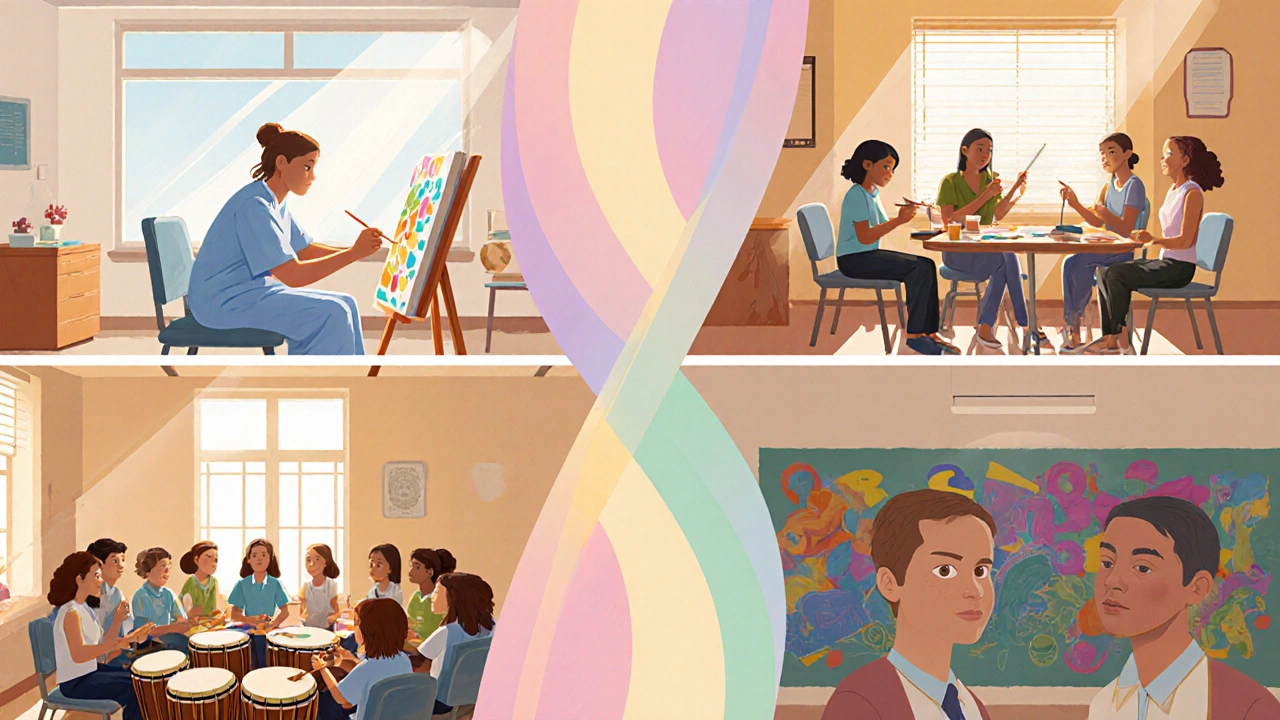
Creative Arts Therapies: How Art, Music, Dance & Drama Boost Mental Health
Explore how creative arts therapies like art, music, dance, and drama can improve mental health, the science behind them, who benefits, and how to get started.
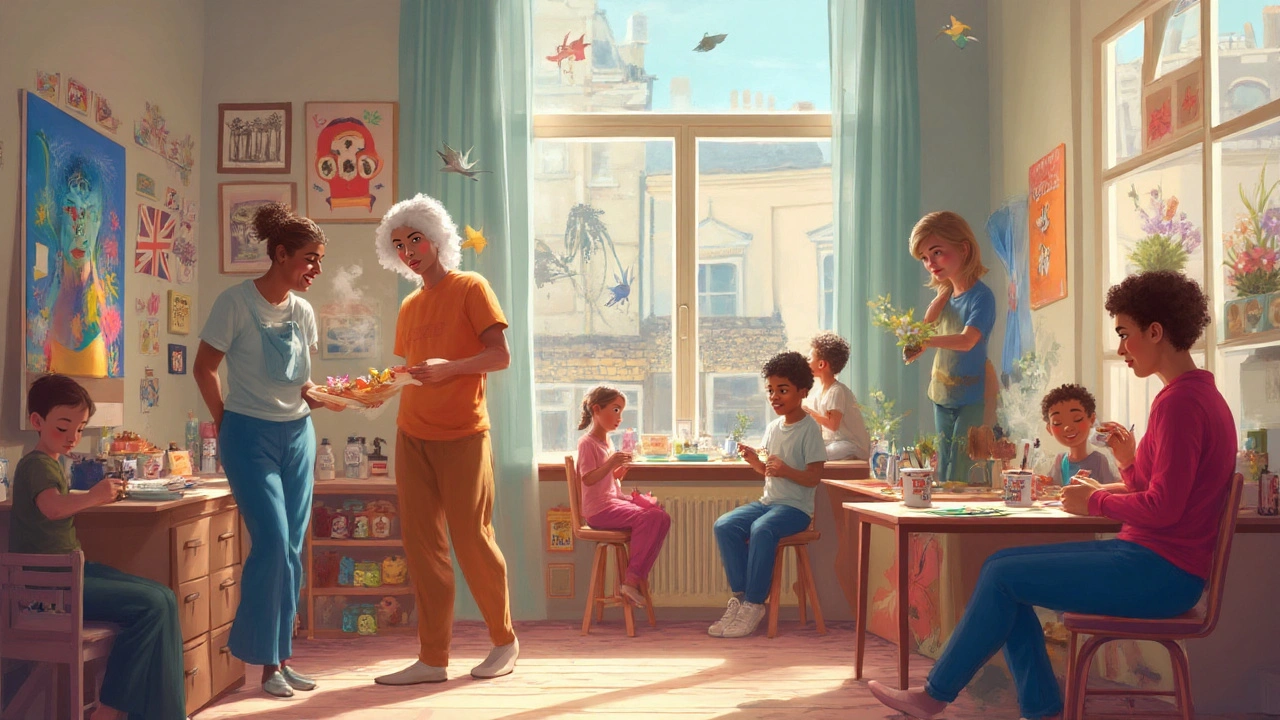
Creative Arts Therapies: Unlocking Personal Transformation
Explore how creative arts therapies harness art, music, movement, and drama to drive personal transformation and improve mental wellbeing.
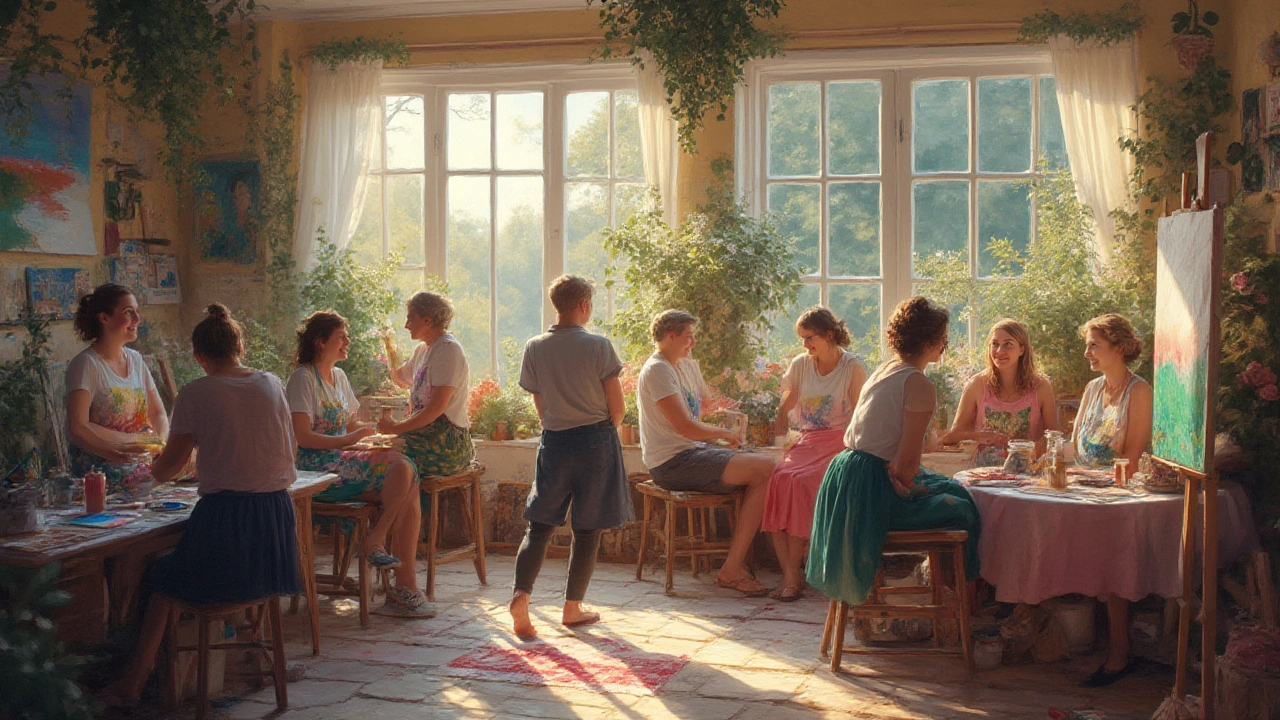
Unlock the Healing Power of Creative Arts Therapies for Better Mental Health
Discover how creative arts therapies tap into art, music, and movement to boost mental health, reduce stress, and inspire healing for anyone craving a sense of balance.
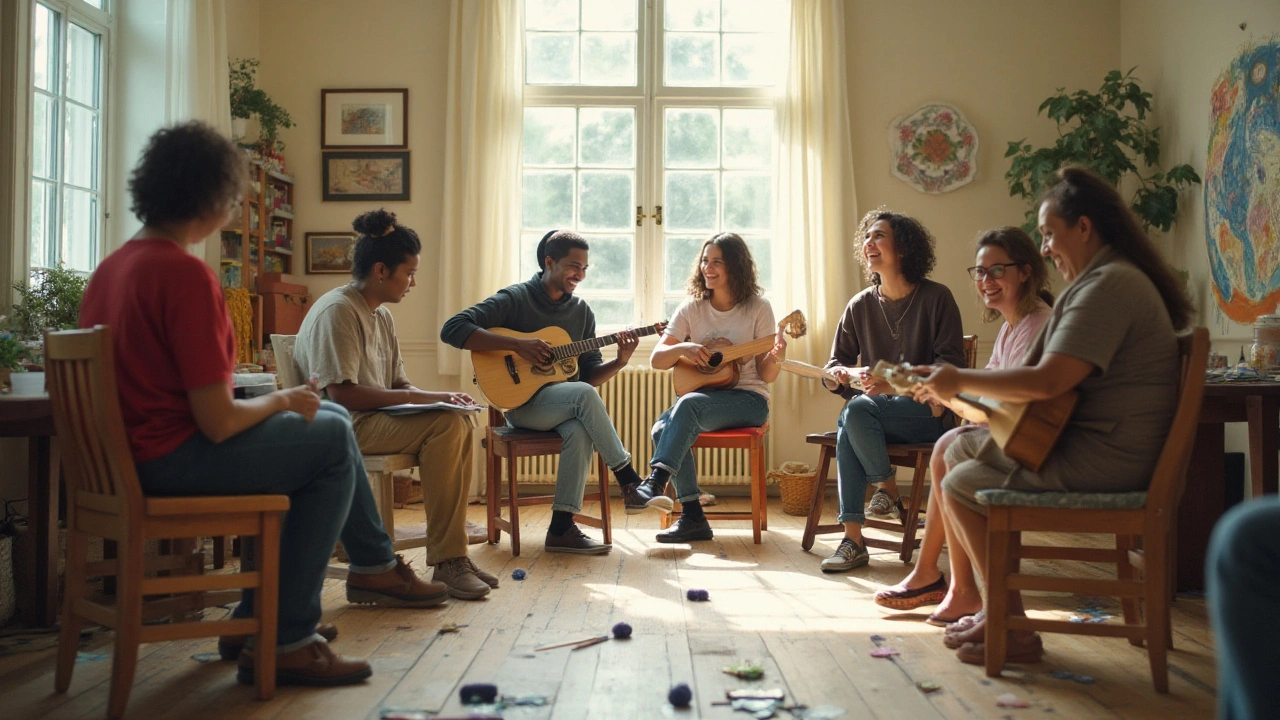
Creative Arts Therapies: Unlocking the Power of Art for Healing
Creative arts therapies offer unique approaches to healing and personal development using the transformative power of the arts. These therapies encompass a variety of practices, including art therapy, music therapy, dance therapy, and drama therapy, each designed to improve emotional well-being and mental health. By tapping into creative expression, individuals can process emotions, communicate non-verbally, and discover new insights about themselves. Whether for stress relief, trauma recovery, or personal growth, creative arts therapies provide supportive environments for individuals to explore their inner worlds. This exploration helps foster resilience, empathy, and healing.
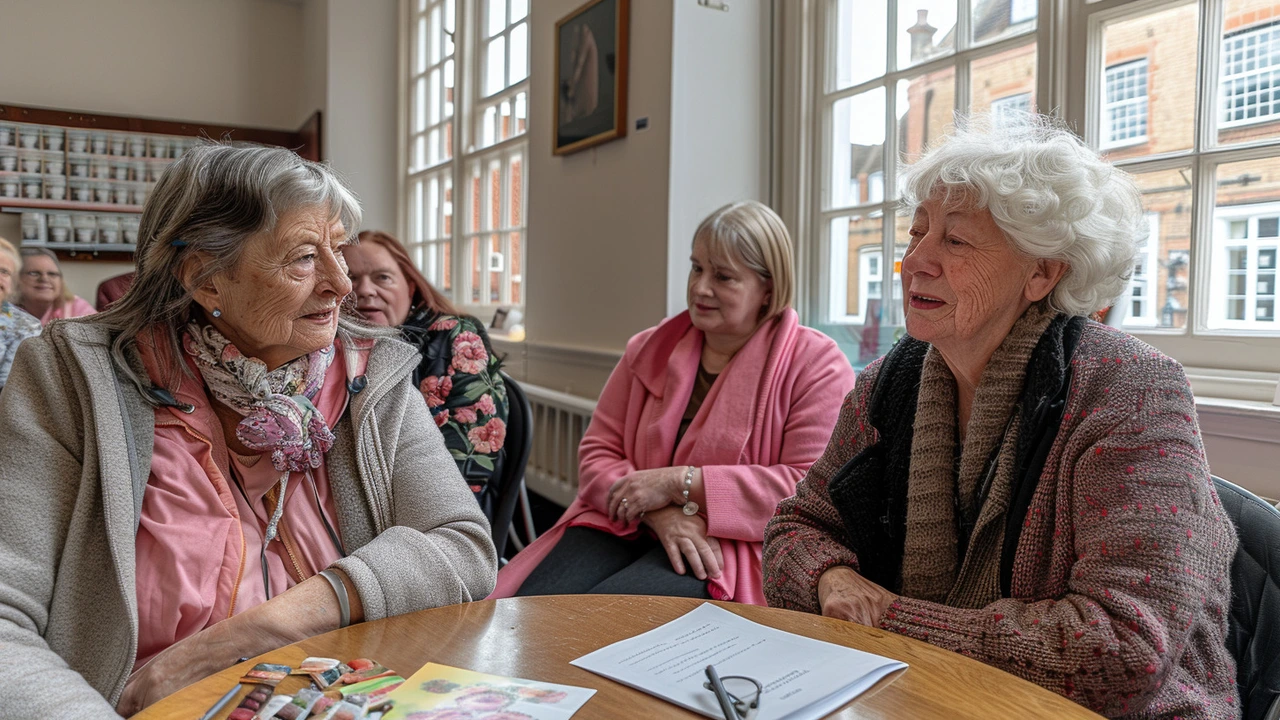
Enhancing Wellness Through Creative Arts Therapies: A Guide
Creative arts therapies are innovative approaches to improving mental health and overall well-being. Incorporating these therapies into daily wellness routines can provide numerous benefits, from reducing stress to boosting creativity and self-expression. This article explores the various types of creative arts therapies, including art, music, dance, and drama therapy, and offers practical tips on how to integrate them into your life. Perfect for individuals looking to enhance their mental and emotional health in a unique and enjoyable way.

Health Anxiety: How to Fight the Fear of Illness
Aug, 8 2023
